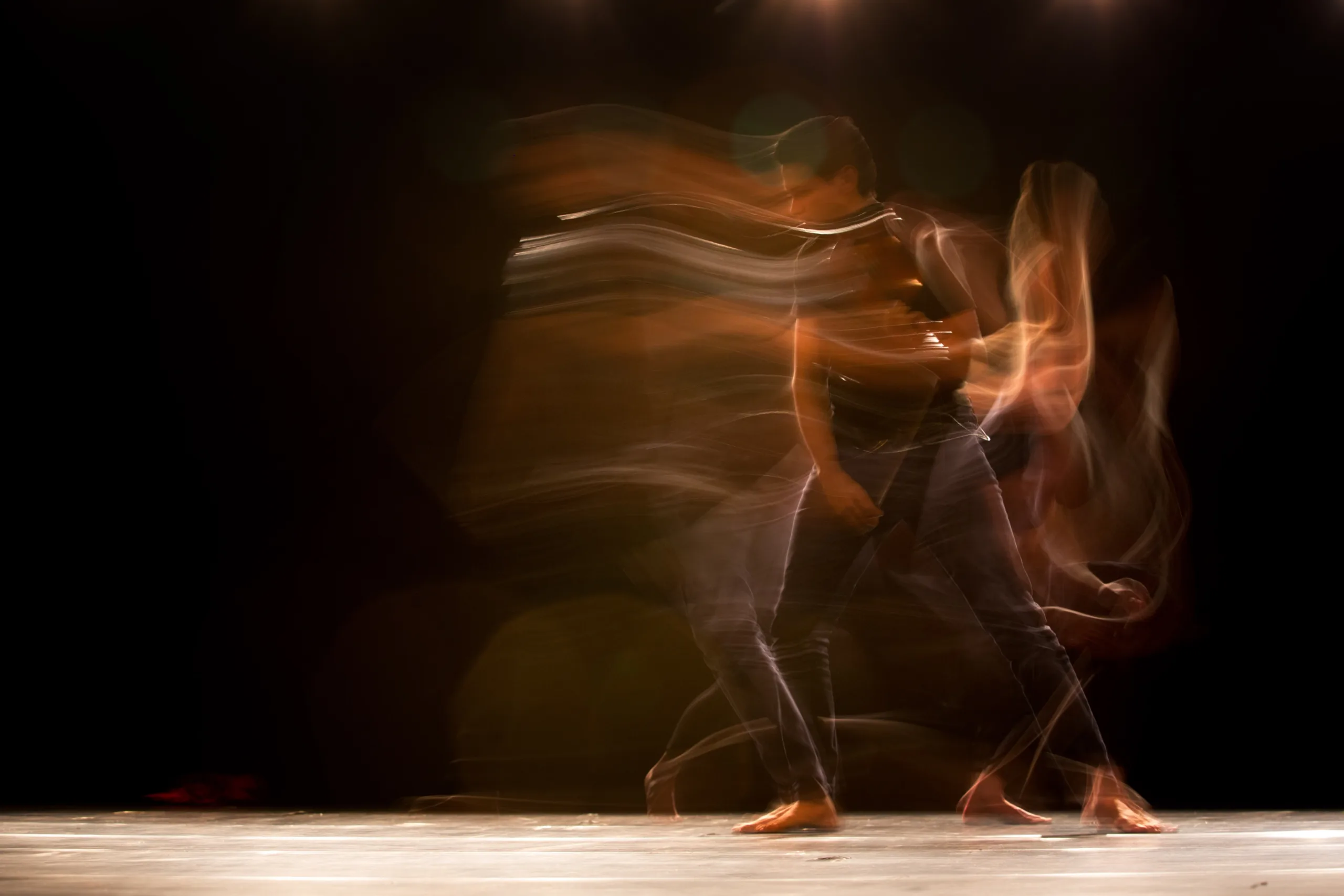Introduction
In the realm of mindfulness practices, mindful movement meditations offer a unique and dynamic way to cultivate presence, awareness, and inner harmony. By combining the principles of mindfulness with intentional movement, these meditations provide a holistic approach to nourishing the mind, body, and spirit. In this article, we will explore the essence of mindful movement meditations, their benefits, and techniques to practice them. Whether you are new to mindfulness or seeking to deepen your practice, incorporating mindful movement into your routine can enhance your well-being and bring about a greater sense of connection to the present moment.
The Essence of Mindful Movement Meditations
Understanding Mindful Movement
Mindful movement is a practice that involves engaging in physical activities with intentional awareness and presence. It is about bringing a focused, non-judgmental attention to the body’s sensations, movements, and breath. By incorporating mindfulness into movement, individuals can cultivate a state of heightened awareness, deepening their mind-body connection and fostering a sense of calm and centeredness.
Examples of Movement Meditation
Movement meditation encompasses various forms of physical activities that can be practiced mindfully. Some popular examples include:
- Walking Meditation: Taking mindful steps, paying attention to the sensations in the feet, the movement of the body, and the surrounding environment.
- Yoga: Engaging in yoga poses mindfully, focusing on the breath, and observing the body’s sensations and alignment.
- Tai Chi: Practicing slow, flowing movements while maintaining a mindful awareness of the body, breath, and energy flow.
- Dance Meditation: Expressing oneself through movement, allowing the body to freely flow and be guided by the present moment.
The Benefits of Mindful Movement Meditations
Cultivating Presence and Awareness
Mindful movement meditations provide a pathway to cultivate presence and awareness. By directing our attention to the physical sensations and movements of the body, we anchor ourselves in the present moment. This heightened state of awareness helps to quiet the mind, reduce stress, and foster a deep sense of presence.
Enhancing Mind-Body Connection
Engaging in mindful movement meditations allows us to develop a deeper connection between the mind and body. By bringing our attention to the physical sensations, we become more attuned to the body’s needs, strengths, and limitations. This increased awareness can lead to improved physical well-being, enhanced coordination, and a greater sense of self-acceptance.
Reducing Stress and Promoting Relaxation
Mindful movement meditations have a profound impact on stress reduction and relaxation. The deliberate focus on the present moment and the rhythmic flow of movement can help calm the nervous system, release tension in the body, and promote a state of deep relaxation. This can be particularly beneficial for individuals seeking relief from the demands and pressures of daily life.
FAQs (Frequently Asked Questions)
Q: How do you practice mindful movement?
A: To practice mindful movement, choose a physical activity such as walking, yoga, or dancing. Begin by bringing your attention to the sensations in your body, the movement of your muscles, and the rhythm of your breath. Stay present and non-judgmental as you engage in the activity, observing the sensations and thoughts that arise without attachment.
Q: What is an example of movement meditation?
A: An example of movement meditation is walking meditation. During a walking meditation, you focus on the act of walking itself, paying attention to each step, the feeling of your feet connecting with the ground, and the sensations in your body as you move.
Q: What is the mindful movement?
A: Mindful movement refers to the practice of engaging in physical activities with intentional awareness and presence. It involves bringing mindfulness into movement, cultivating a deeper mind-body connection, and fostering a state of calm and centeredness.
Q: Who is Sarah Raymond?
A: Sarah Raymond is a renowned mindfulness teacher, meditation guide, and expert in mindful movement meditations. With years of experience, Sarah has dedicated herself to helping individuals enhance their well-being through the practice of mindfulness and movement.
Q: How old is Sarah Raymond?
A: Sarah Raymond’s age is not publicly disclosed.
Q: What is mindful movement for kids?
A: Mindful movement for kids is an adaptation of mindful movement practices designed specifically for children. It involves incorporating playful and age-appropriate activities that promote mindfulness, body awareness, and emotional regulation.
Conclusion
Mindful movement meditations offer a dynamic and engaging way to deepen your mindfulness practice and nurture your overall well-being. By embracing intentional movement and cultivating presence, these practices enable you to connect with the present moment, enhance mind-body awareness, and reduce stress. Incorporate mindful movement into your daily routine and discover the transformative power it holds for your body, mind, and spirit.
External Links:
